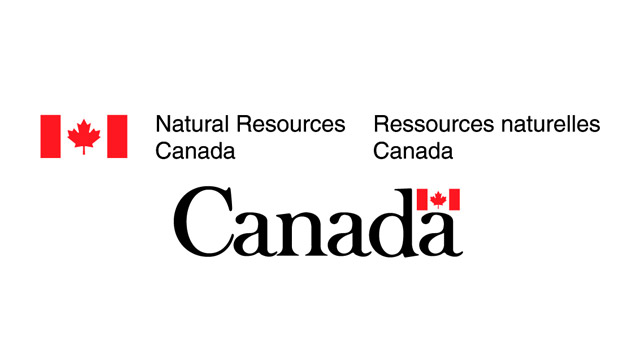Part 1 of 2 Parts
The Department of Natural Resources Canada (NRCan; French: Ministère des Ressources naturelles Canada; RNCan), is the department of the federal Government of Canada responsible for natural resources, energy, minerals and metals, forests, earth sciences, mapping and remote sensing. It was created in 1995 by amalgamating the now-defunct Department of Energy, Mines and Resources, and Department of Forestry. RNCan works to ensure the responsible development of Canada's natural resources, including energy, forests, minerals and metals. RNCan also uses its expertise in earth sciences to build and maintain an up-to-date knowledge base of our landmass and resources.” Wikipedia
Nuclear power is a major part of Canada’s energy generating capacity. RNCan says that nuclear power is the source of about fifteen percent of Canada’s electricity. There are nineteen nuclear reactors in operation at six power plans in Canada. All but one of these reactors are located in the Canadian province of Ontario.
Alberta, Saskatchewan, Ontario and New Brunswick provinces were the Canadian provinces that were most strongly oppose to the federal carbon tax. Now these same four provinces are studying small modular reactors, or SMRs.
Proponents of SMRs claim that this new breed of nuclear power reactors will be a cheap, safe, compact and adaptable form of clear energy. These reactors should be simpler to set up than traditional power plants. This makes them potentially beneficial for locations such as remote communities and temporary work sites.
SMRs received their first official approvals in the U.S. last fall. The four provinces listed above announced last month that they want to move forward with SMRs like the stated intention of the U.S. An initial prototype could be constructed and operational at a nuclear site in Ontario by 2026.
The premiers of these four provinces are very optimistic about the future prospects of SMRs in Canada. Canadian business leaders also appear to be convinced that SMRs can really be a sustainable part of Canada’s energy future. However, it is clear that SMRs will face significant opposition in getting any wider adoption among many interested parties in Canada. Dozens of environmental and public advocacy groups have signed a letter that denounces SMRs. In the letter, the coalition of opposition groups argues that SMRs are more expensive to build than wind or solar power installations. Their construction will create fewer jobs and will do less to address the climate crisis.
Another major issue with nuclear power regardless of scale is what happens to the surrounding area if there is a problem. In Japan, a tsunami and earthquake in 2011 led to a major accident at the Fukushima nuclear power plant on the east coast of Japan. Anybody who lived within fifteen miles of the plant was evicted from their homes. In addition, adverse effects of the Fukushima disaster have been reported in wildlife in the area.
The Fukushima disaster returned to the news recently because the Japanese government announced that it will start releasing contaminated water from Fukushima into the sea in 2023. Many critics of the plan said that the government downplayed the concerns of environmental groups and fishery operators.
Please read Part 2 next
